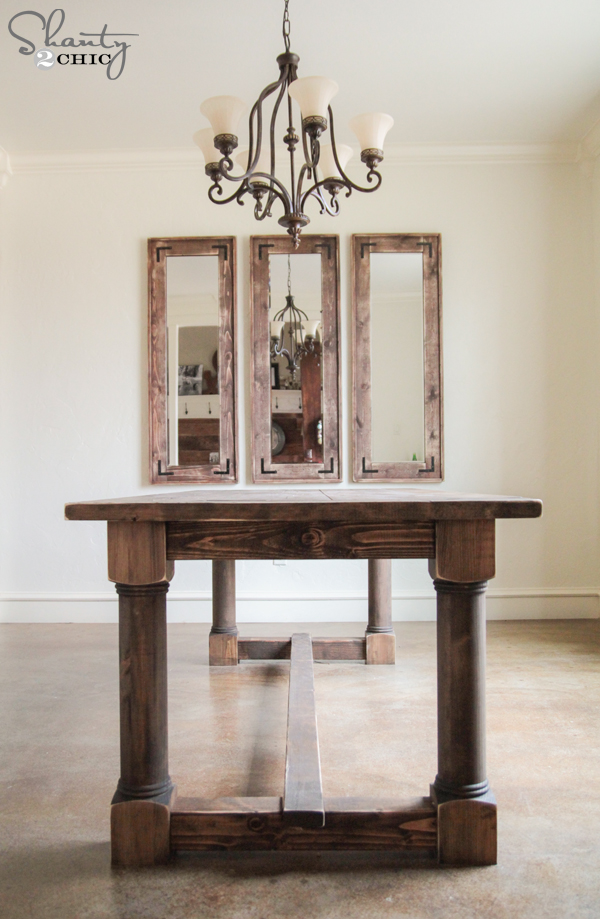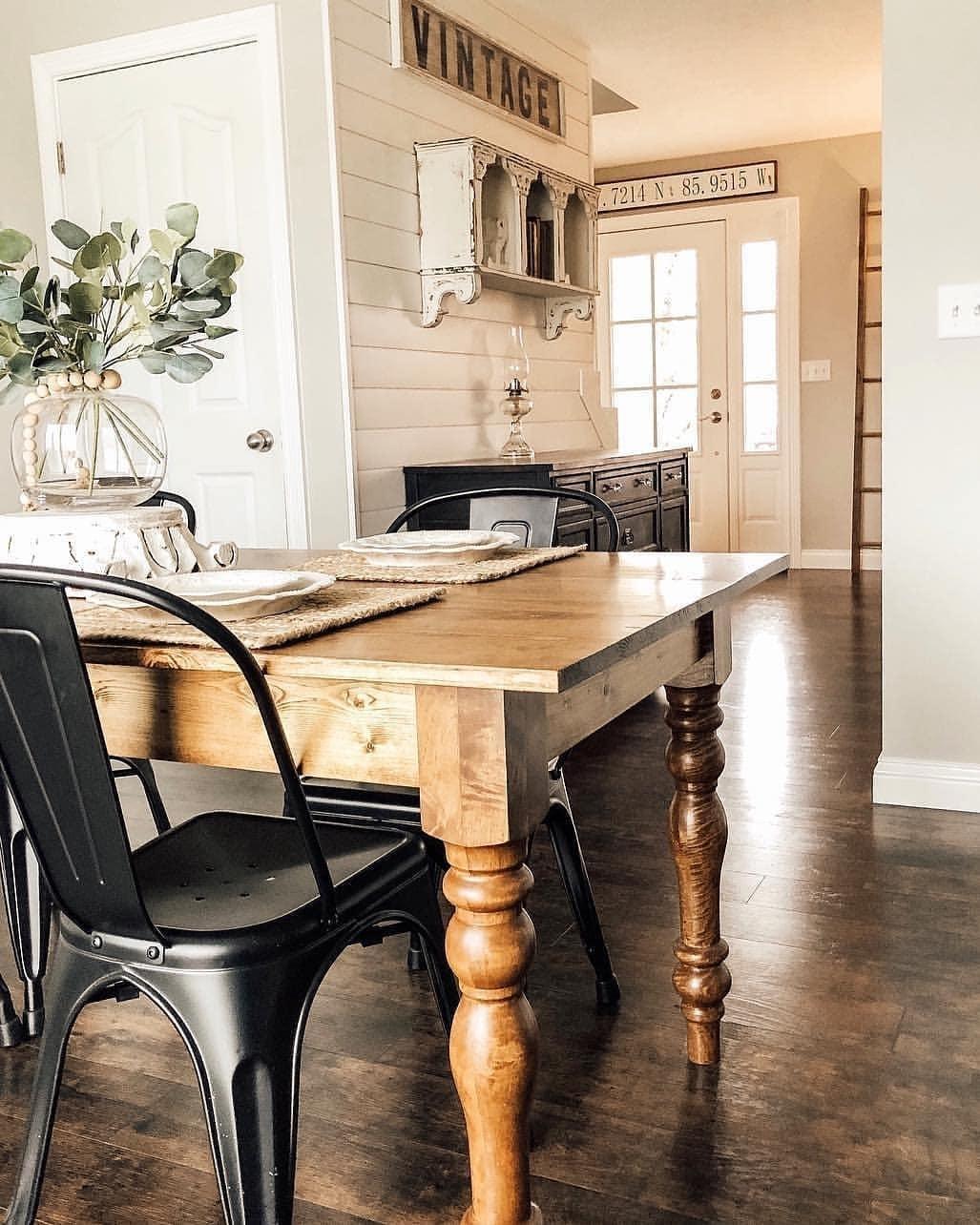Tips for Installing Dining Room Table Legs for a Modern Look
Tips for Installing Dining Room Table Legs for a Modern Look
Blog Article
Expert Tips for Installing Dining Space Table Legs for Maximum Stability
When it comes to installing dining area table legs, achieving maximum security is paramount for both performance and visual appeals. What certain techniques can enhance stability also better?
Choose the Right Legs
When selecting the proper legs for your dining-room table, it is important to take into consideration both functionality and aesthetic appeals. The legs you pick will considerably affect the total design and stability of the table. First, examine the table's planned usage; if you expect regular celebrations, stronger legs, such as those made from solid wood or metal, may be preferable, as they use increased sturdiness and assistance.
Standard dining tables typically range from 28 to 30 inches in height, so make certain the legs line up with this requirement for comfort. Conical legs can include a modern touch, while turned legs might communicate a much more classic visual.

Select Appropriate Hardware
Exactly how can the appropriate hardware improve the security and longevity of your dining-room table? The option of suitable equipment is critical to guaranteeing that the legs of your table are firmly attached and able to endure routine usage. High-quality screws, bolts, and braces give the necessary stamina to sustain the weight of the table, along with any additional tons put upon it during dishes or events.
When selecting screws, go with those made from durable materials such as stainless steel or brass, which withstand deterioration and keep honesty over time. The length of the screws is equally essential; they must pass through deeply right into the table's framework without endangering honesty. For bolted links, take into consideration making use of lock washing machines to prevent loosening as a result of resonance or activity.
Additionally, utilizing corner brackets can include additional support, especially for bigger tables or those with much heavier tops. These brackets disperse weight uniformly and help keep the table's form. Guaranteeing that the hardware you pick is proper for the particular products of your table will certainly even more boost its general stability and long life, enabling you to enjoy your eating experience for years ahead.
Ensure Appropriate Positioning
Correct alignment of eating area table legs is vital for both visual appeal and useful security. To accomplish optimum alignment, begin by gauging the range from the table's corners to the leg accessory factors.
Use a level during setup to validate that each leg is vertical to the table top. It is suggested to note the wanted leg positions on the underside of the table with a pencil or masking tape before securing them.
Additionally, verify the positioning after the first screws are tightened up, as modifications might be needed prior to completely protecting the equipment. By focusing on correct placement, you not just boost the table's total layout yet likewise make sure that it stays practical and steady for years to come.

Consider Weight Circulation
After making certain correct positioning of the dining area table legs, it is essential to think about weight distribution to boost security and performance. dining room table legs. Proper weight circulation is vital in avoiding ensuring and wobbling that the table can sustain its designated load without danger of tipping or collapsing
When placing the legs, ensure they are put at equal ranges from the facility of the table to evenly disperse the weight across the framework. Consider the weight of the table top and any things that will frequently hinge on it, such as tabletop devices or decorative items. Tables with heavier surfaces need to ideally have legs located closer to the edges, as this optimizes the base of support and reduces the risk of instability.
Furthermore, if the table is intended for use in a high-traffic location, consider making use of heavier products for the legs or including supporting components, such as cross-bracing or a lower shelf - dining room table legs. These changes can help maintain equilibrium and stop moving throughout use. Ultimately, a well-considered weight circulation method will significantly enhance the table's total efficiency, ensuring it stays a eye-catching and functional centerpiece for your dining area
Examination Security Prior To Use
Evaluating the stability of the eating area table before use is an essential step that must not be overlooked. Guaranteeing that the table is protected and stable can prevent crashes and lengthen the life-span of the furnishings. Begin by using mild stress to numerous factors on the table surface area. Push down on the center and then along the edges, observing any wobbling or shifting. If the table shows instability, recognize the legs or joints that might call for adjustment.
Following, examine that all screws and bolts are tightened up effectively. Loosened connections can bring about instability and possible damage over time. If essential, utilize wood glue on joints to my site boost security, making sure to allow ample drying out time.

Conclusion
Finally, the installment of dining space table legs calls for careful factor to consider of products, hardware, positioning, and weight distribution to achieve maximum security. By picking top quality bolts and sturdy legs, making sure specific alignment, and distributing weight uniformly, the architectural honesty of the table can be significantly enhanced. Carrying out a stability test before routine usage better guarantees that the table will stand up to day-to-day stress, therefore providing a risk-free and trustworthy eating experience.
When it comes to mounting eating space table legs, accomplishing maximum stability is vital for both functionality and visual appeals. The legs you pick will significantly affect the general design and stability of the table (dining room table legs). Basic dining tables generally range from 28 to 30 inches view website in elevation, so ensure the legs straighten with this criterion for convenience.Appropriate alignment of eating room see here table legs is essential for both visual allure and practical stability.In conclusion, the installment of eating room table legs requires mindful consideration of materials, equipment, placement, and weight circulation to accomplish maximum stability
Report this page